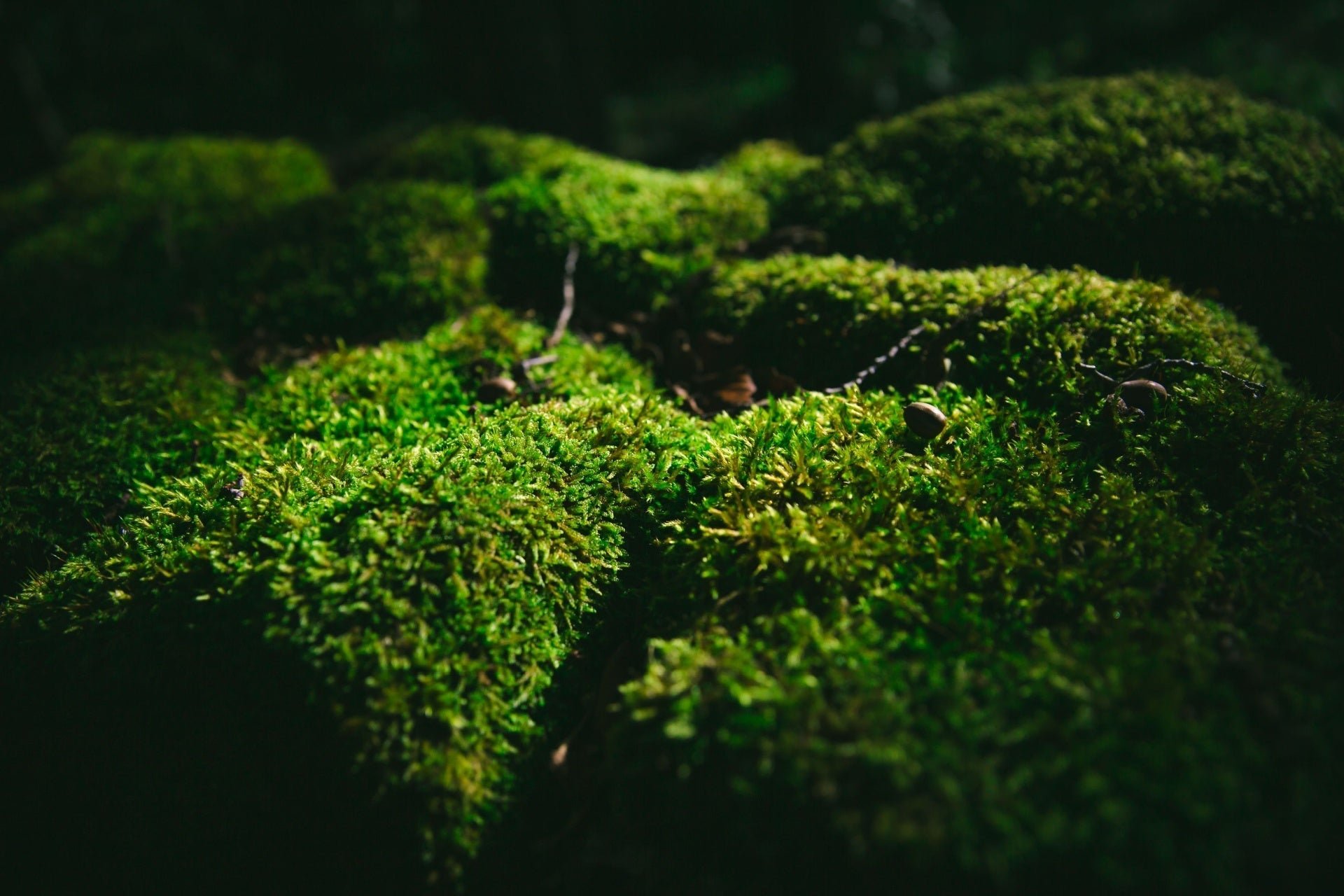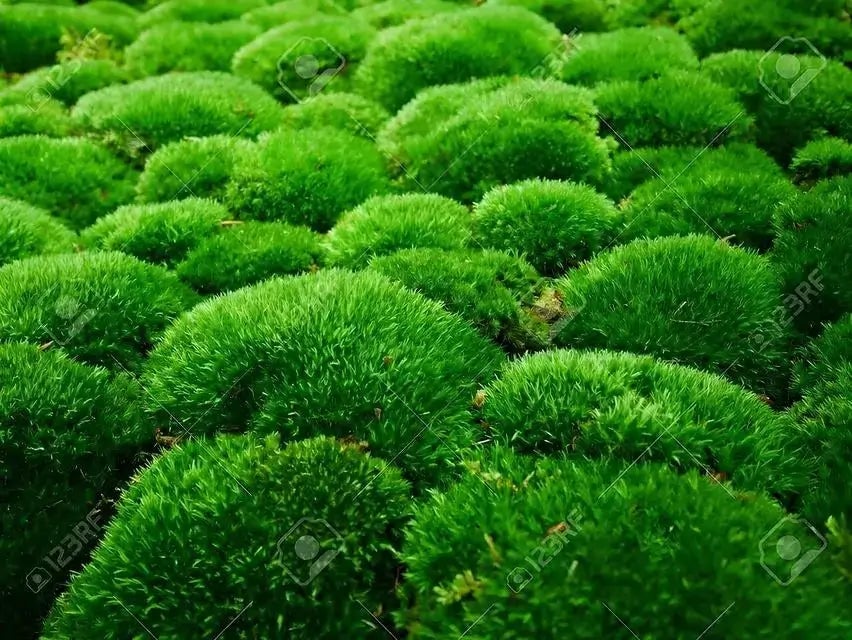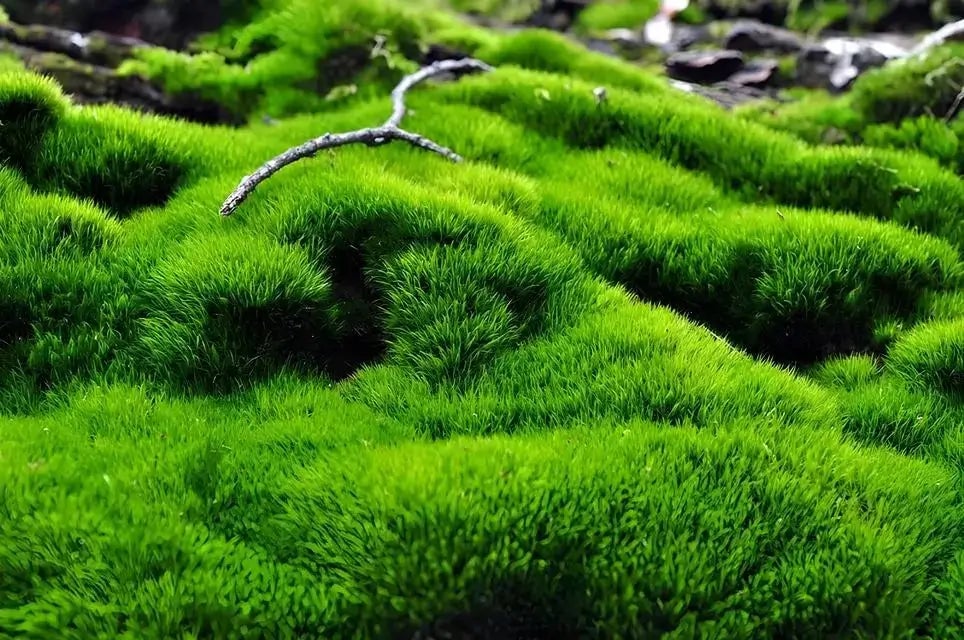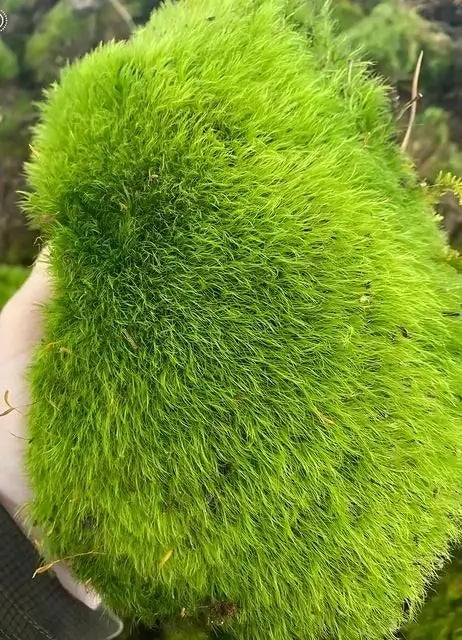Moss Gardens Beautify Landscapes While Protecting The Environment
Much of the targeted marketing that influences home and business owners is predicated on the idea that you are a consumer who will continue to buy goods and materials. Vibrant images lead property owners to believe thick green lawns are necessary. Of course, you must make lifelong purchases that include better seeds, fertilizers, mowers, weed whackers, and perhaps worst of all, pesticides. An enviable green lawn ranks among the least sustainable aspects of today’s landscape. That’s why environmentally conscious nurseries encourage property owners to consider employing moss to complete their grounds.
Moss has proven ecological and landscape benefits that have flown under the radar. When a plant nursery posts a “Moss For Sale” sign, home and business owners are asked to make a one-time purchase. Perhaps nothing worries fertilizer and pesticide corporations more than a TN nursery offering an inexpensive way to beautify a property without spending money year after year. If you are concerned about the environment and want to save money on property upkeep and maintenance, the following information about moss could be a game-changer.

Ecological Benefits of a Moss Lawn or Garden
In her work, “The Magical World of Moss Gardening,” author Annie Martin makes a convincing argument that going green with moss is in everyone’s best interest. She points out that mosses come from various species and are more inclined to convert C02 into oxygen. Grass-based lawns are usually mowed routinely, and moss can far outpace green efficiency. From an environmental and practical standpoint, these are other reasons that home and business owners can do their part by converting to moss lawns and gardens.
No Pollutants: Moss landscapes do not require hazardous fertilizers or pesticides to maintain color vibrancy. Fertilizers and pesticides damage moss beds. Homeowners who plant tracts of moss can eliminate risky chemicals that seep into the water supply and threaten children and pets.
Water Conservation: Communities are struggling with rising water costs. The hot Tennessee summers often require home and business owners to water lawns frequently, or they turn brown. Moss requires less water to look healthy, which helps community members with conservation efforts and saves money.
Carbon Sequestration: The world’s mosses soak up more carbon dioxide than the combined acreage of all the rainforests. They sequester an estimated 200-500 billion tons of carbon and represent a powerful force in preventing environmental devastation.
Reduce Dust: Families members who struggle with allergies will be pleased to discover that most naturally decomposes dust and contaminants. Rather than kicking up dust and chemicals when mowing the grass lawn, mosses convert them into harmless matter.
Any pragmatic TN nursery understands that everyday people want their properties to be sustainable and appealing. Although grass marketing makes almost unnoticeable distinctions between types, moss lawns and gardens open many possibilities.
Top Moss Types for Lawns & Gardens
Home and commercial property owners interested in improving their landscapes are often surprised to discover that moss can outperform grass for flexible use and beautification. Conducting due diligence about these and other widespread lawn mosses may be helpful.
Carpet Moss: This type is widely used in areas with thin trees. It covers the ground and converts areas that would otherwise be brown with leaves and pine needles into lush landscapes.
Hypnum Sheet Moss: Under the right lighting conditions, this type can completely replace grass lawns. It needs virtually no maintenance and can grow up to the base of trees. Moss lawns tend to be more green than grass lawns in many cases.
Mosses in place of grass lawns highlight how vast an area they can effectively cover. However, there are wide-reaching varieties that can be infused into existing gardens. For example, spot moss plantings help gardeners create a sense of texture that accentuates gardens.
Beneficial and Practical
If you want to do your part for the environment and enjoy a beautiful landscape, our TN nursery has a wide variety of moss for sale. Contact our plant nursery today and speak with a customer care professional about the best moss options for your grounds and personal preferences.
Read more
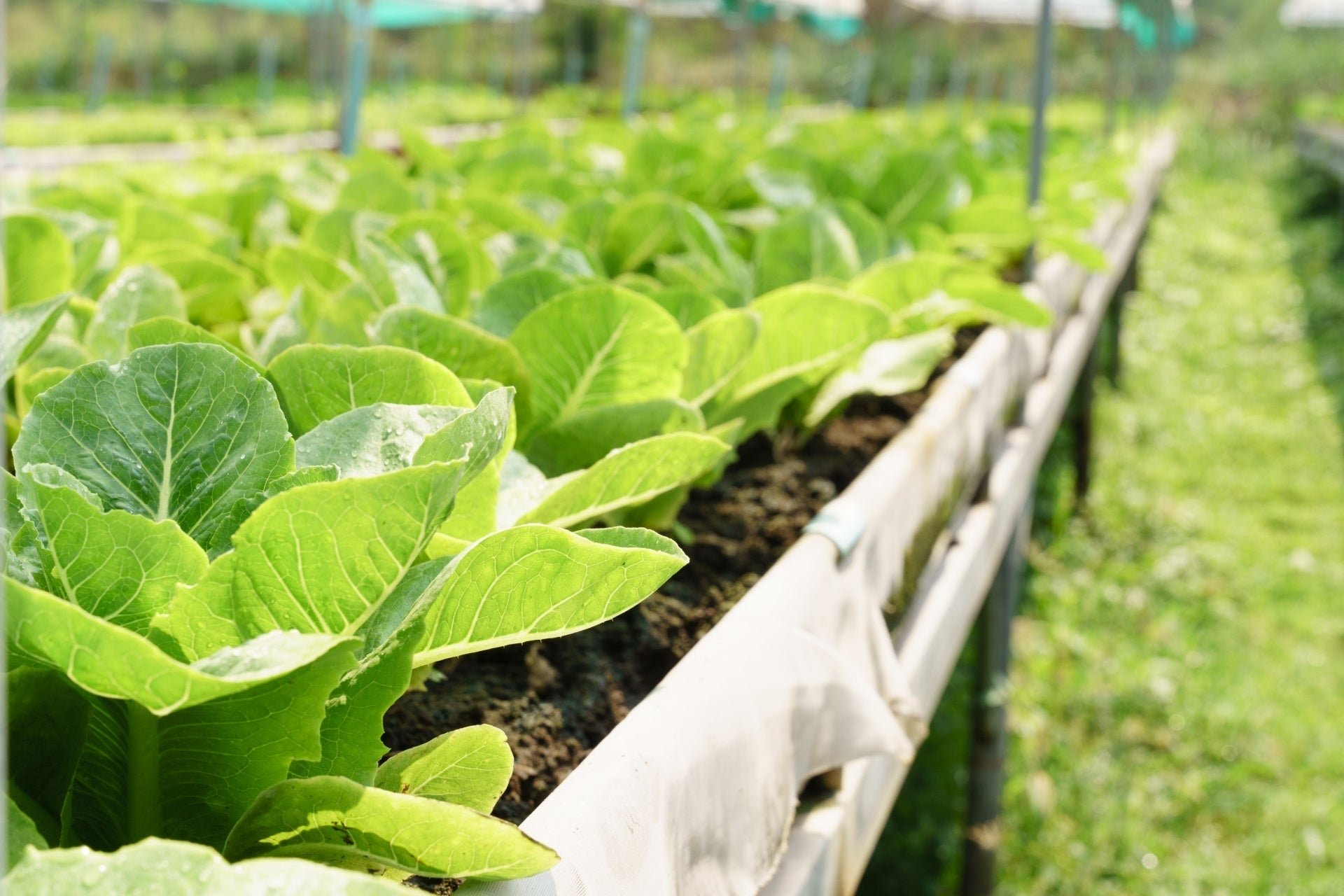
Self-sufficiency means living off your own land by planning soil fertility, livestock, and crops. With the right knowledge and zoning, you can ensure secure independence.
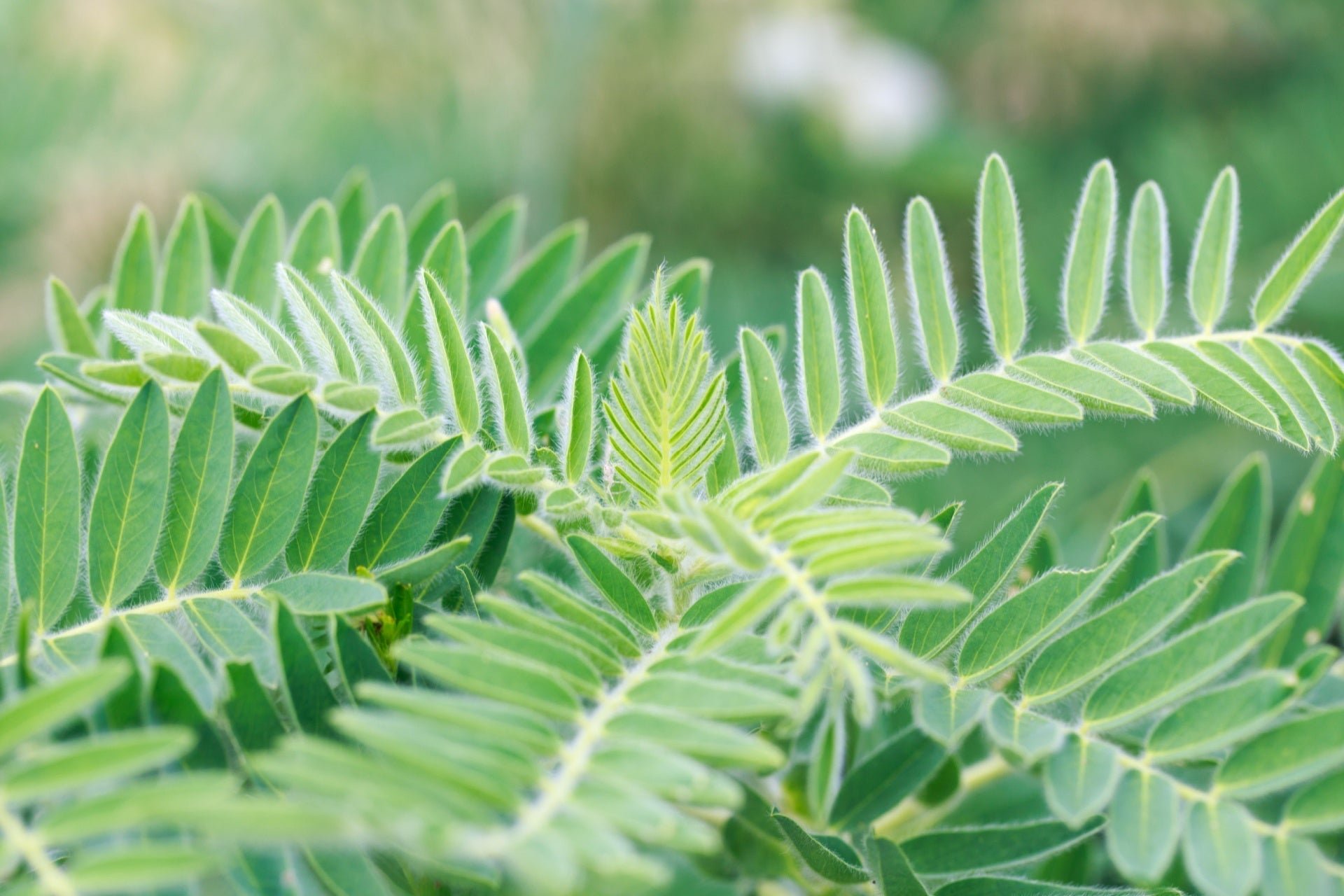
Perennials enhance soil health, reduce maintenance, and deliver long-lasting blooms. Discover top picks for vibrant, effortless gardens.


